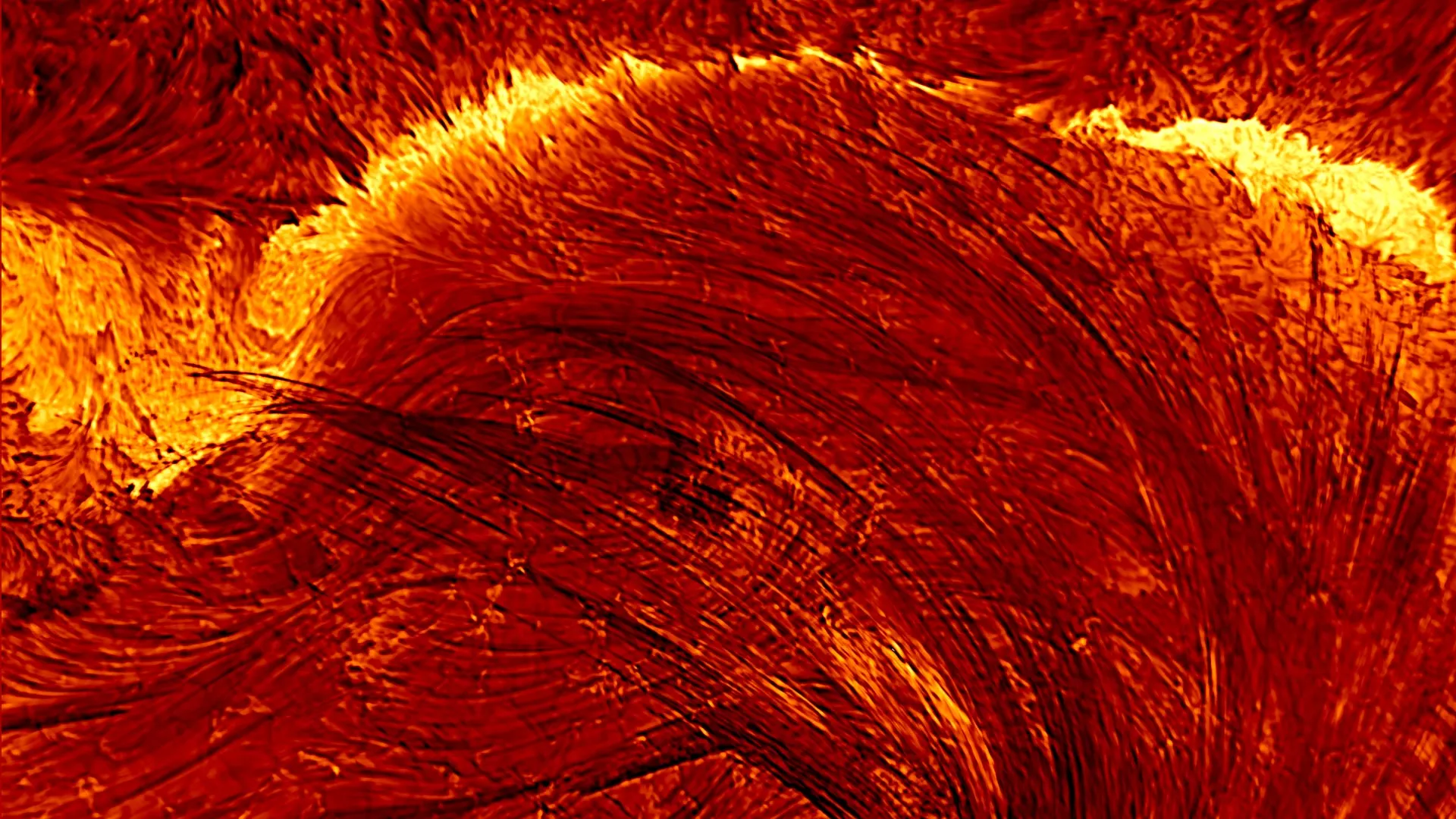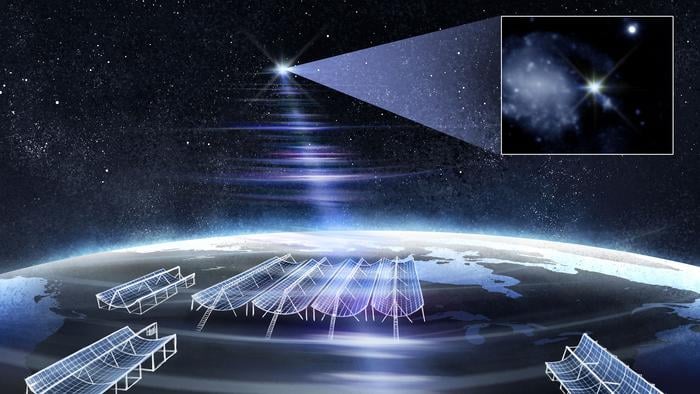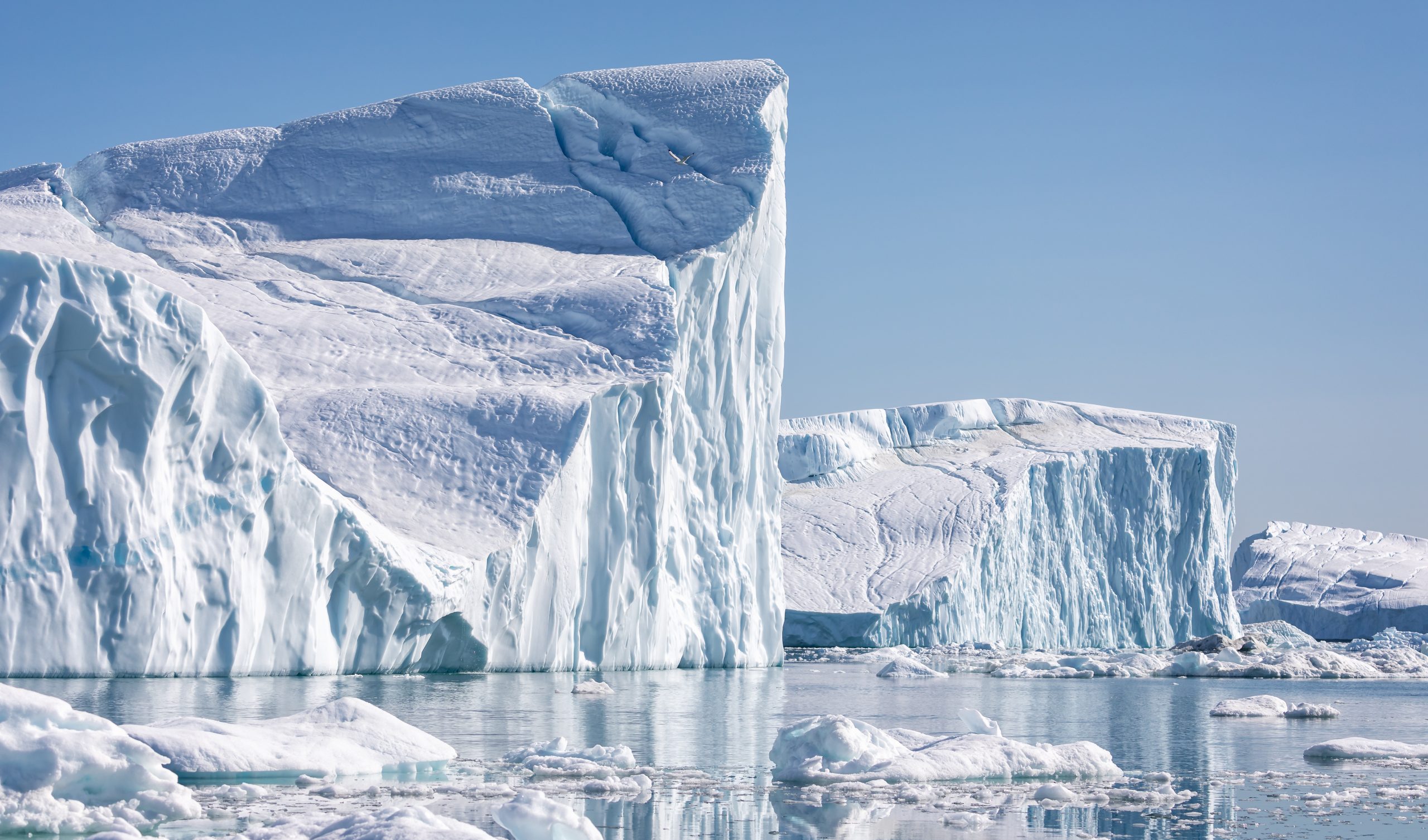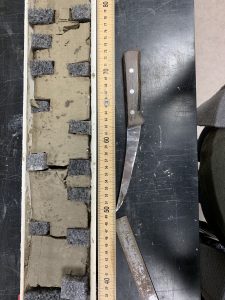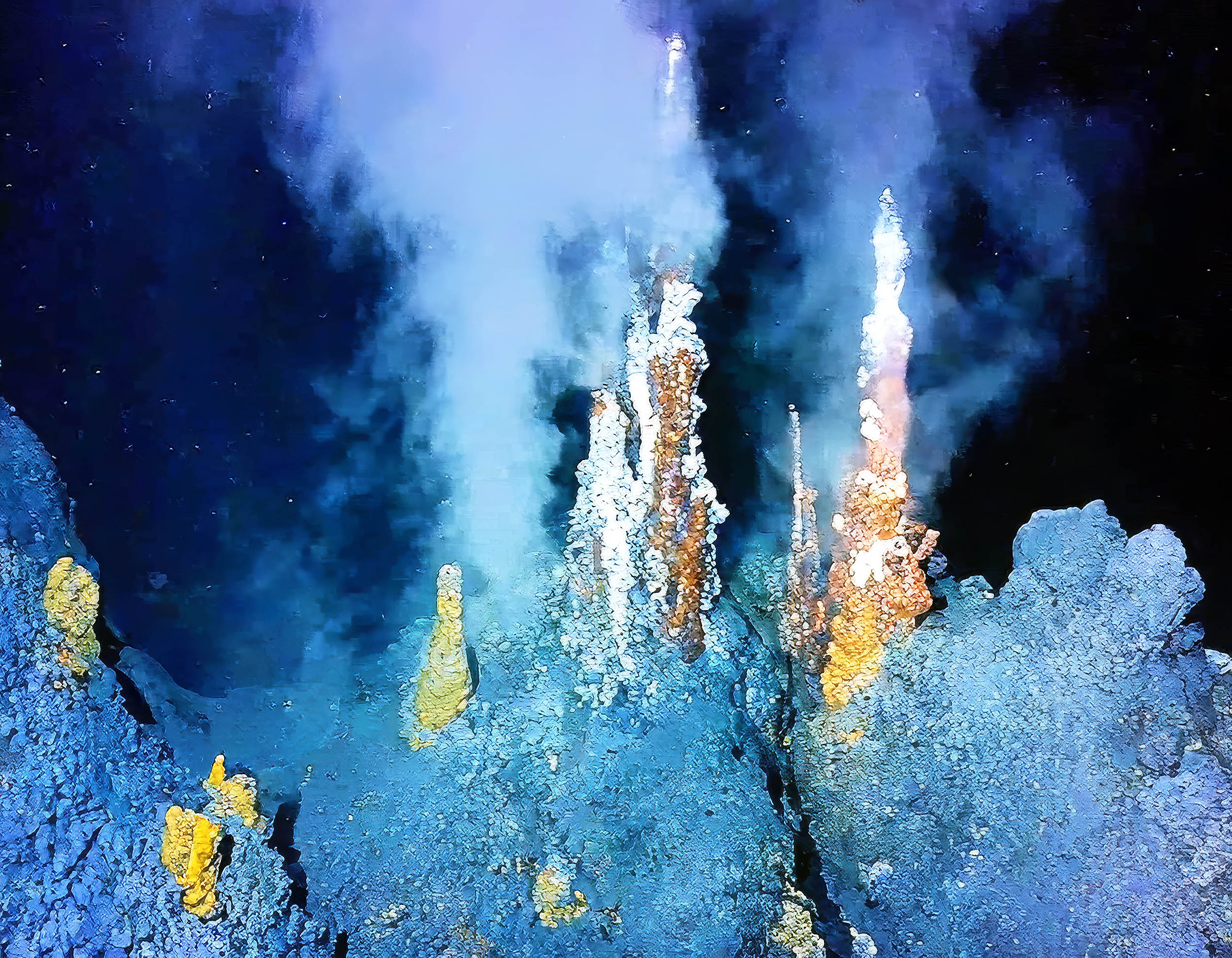Washington, D.C. — A multi-institutional team co-led by Carnegie Science’s Michael L. Wong and Caleb Scharf of the NASA Ames Research Center has received a prestigious $5 million, five-year NASA Interdisciplinary Consortia for Astrobiology Research (ICAR) grant to develop A.I. tools for enhancing the search for signs of life on other planets.
The cross-disciplinary project brings together experts in chemistry, geoscience, machine learning, and planetary science to address one of astrobiology’s biggest challenges—reliably distinguishing life from non-life in planetary data.
At the heart of the project is a massive, curated dataset. Carnegie researchers—including Wong, Anirudh Prabhu, Robert Hazen, and George Cody—will lead the effort to generate highly detailed profiles of at least 1,000 samples, ranging from meteorites to fossils to living organisms. They will employ a suite of advanced techniques to analyze the molecular and chemical signatures across this broad sample set.
“A.I. will help us identify patterns in these massive multidimensional datasets that no human, or team of humans, could sift through in one lifetime,” said Wong. “It’s a tool we can use to detect the subtle biosignatures we might otherwise miss in the noise. It may even help us illuminate the fundamental differences between life and non-life.”
Partner institutions across the U.S.—including NASA Ames Research Center, Johns Hopkins University, Rutgers University, Caltech, Howard University, Purdue University, and NASA’s Goddard Space Flight Center—will provide additional instrumentation and laboratory expertise, transforming this effort into a national-scale, data-generation engine. Once the data collection is complete, the team will develop and train machine learning models on this expansive dataset to find patterns that consistently indicate life.
“Carnegie has a rich legacy of planetary science and cosmochemistry,” noted Carnegie Science Earth and Planets Laboratory Director Michael Walter. “Few places are better equipped to handle such a wide range of Earth and planetary samples.”
This isn’t just about developing A.I. tools—it’s about putting that intelligence to work. Wong and his team will use their findings to recommend the most effective scientific instruments for future missions, ensuring we send the most promising tools to the most promising extraterrestrial locations in our search for life.
“For NASA, this is incredibly valuable,” says Scharf, “exploring Mars, or an icy moon in the outer Solar System, is hugely challenging and we’re going to need to rely more and more on intelligent machines that carry an optimal collection of tools to seek out other life.”
During data collection, the team aims to create an open-source sample library and data repository. This resource will enable future research by providing scientists with open access to these extremely rich datasets while building a shared foundation for life detection efforts across the planetary science community.
“We’re at the edge of a new era in astrobiology,” Wong concluded. “We’ve never had more data or more computing power. Now is the moment to bring it all together and finally ask—and maybe answer—the biggest question of all: Are we alone?”

